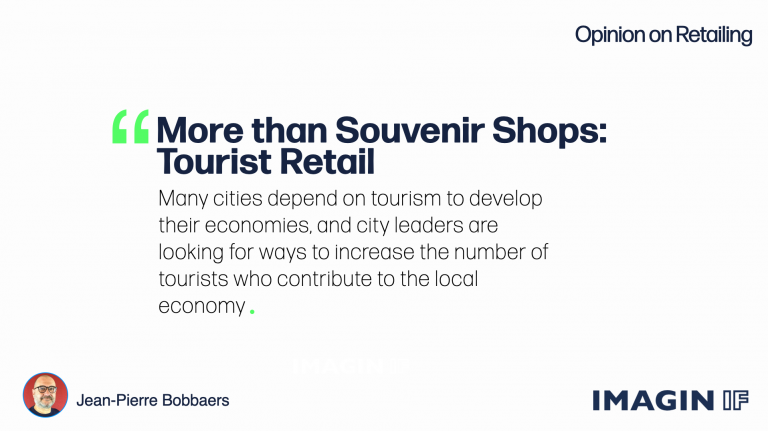Many cities depend on tourism to develop their economies, and city leaders are looking for ways to increase the number of tourists who contribute to the local economy.
Cities have used creative marketing tactics to encourage natural and man-made attractions for years. Communities realize that marketing and positioning alone can not guarantee success as the tourism industry becomes more competitive. They must have attractive “sub-attractions,” such as retail stores and restaurants, in addition to the attractions themselves, to cater to the crowds of people who visit their neighborhoods.
Retail is a potentially successful and efficient way to prolong the visitor’s stay in the host community by broadening and deepening their experience. Of course, tourist retail has been around for a long time. This style of retail, however, must now include more than T-shirts and souvenir shops. Many cities are implementing ambitious programs to broaden their retail and restaurant bases to provide appropriate shopping and dining opportunities for their out-of-town guests.
The following are some of the advantages of a more extensive tourist retail offering:
Tourism is an “export” industry that brings new money into the region. It also raises the community’s profile and opens up other economic growth opportunities.
Residents profit from a broader and more diverse selection of stores and restaurants.
Opportunities to Expand
Shopping is an integral part of the visitor experience, and the city should use it to catch a more significant portion of the money spent by visitors.
Don’t forget about established retailers, who can profit from the visitor’s industry’s growth as well. Many tourists choose to shop where the local’s shop, such as department stores, specialty stores, and restaurants, rather than going to tourist traps. Are the goods and services most in demand with tourists being offered by your established retailers?
Also, keep in mind that a city does not have to be a major tourist attraction to profit from visitor dollars. Smaller towns can capitalize on their attractions by ensuring that visitors’ needs are met. Are your guests looking for quaint gift shops or fashionable nightlife and dining options?
Getting to Know Your Visitors
Understanding your client – the tourists who are now coming to your city – is the secret to expanding and retaining retailers supporting the visitor’s industry.
Begin by gathering basic visitor demographics, such as the visitor’s hometown and country of origin, and the number of people in their group, and the duration of their stay. This type of information should be available from local attractions and hotel facilities and convention and visitors bureau sign-in books. Data from state tourism departments, regional marketing associations, and third-party analysis company data may be used to complement local sources.
This information can be used in a variety of ways. It may aid in developing comprehensive psychographic profiles of current tourists, the identification of new visitors, and the targeting of unique potential visitors. These in-depth profiles may also concentrate on increasing or attracting the retail mix and services that visitors need.
Tourism is a fiercely competitive business. A society is up against competition from destinations both within and outside of the country. By expanding and attracting visitor-oriented retailers, communities will take on the market head-on.
Thinking of starting a creative project? Contact us now.

